Dry parsley is a versatile dried herb used to add subtle herbal flavor to cooked dishes like soups, stews, sauces, and spice blends. Unlike fresh parsley, it's best added early in cooking to release its full flavor potential. Here are the key ways to use dry parsley effectively:
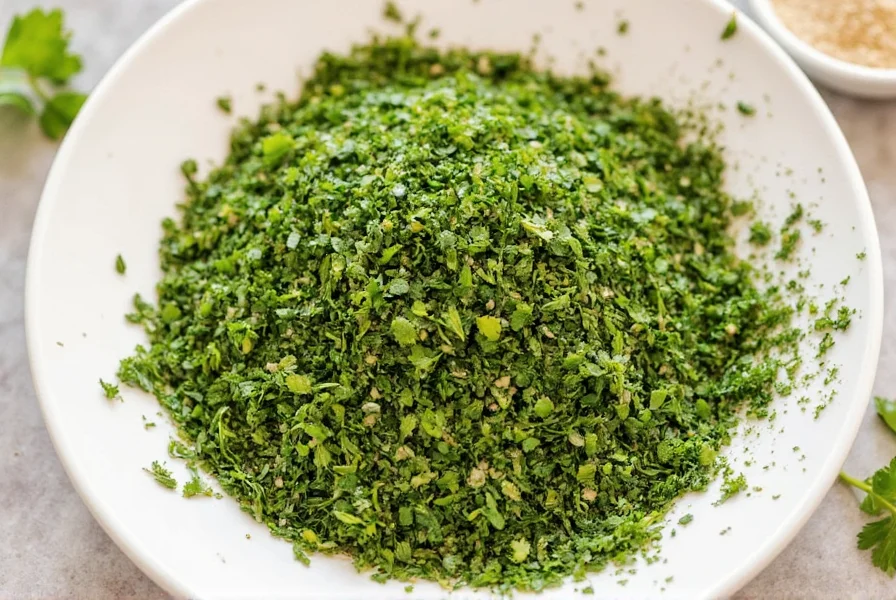
From enhancing meat rubs to reviving leftovers, dry parsley is a kitchen staple that transforms everyday meals. Let's explore how to maximize its potential.
Table of Contents
- What is Dry Parsley?
- Flavor Profile & Culinary Uses
- Fresh vs. Dry Parsley: Key Differences
- Buying Guide: How to Choose the Best Dry Parsley
- How to Store Dry Parsley for Maximum Freshness
- 7 Practical Tips for Using Dry Parsley Like a Pro
- Dry Parsley in Action: Simple Recipes
- Frequently Asked Questions
- Conclusion
What is Dry Parsley?
Dry parsley starts as fresh curly or flat-leaf parsley that's been dehydrated to preserve its earthy, slightly peppery flavor. It lacks the vibrant crunch of fresh parsley but retains essential herbal notes, making it perfect for long-cooked dishes where it can infuse flavor gradually.
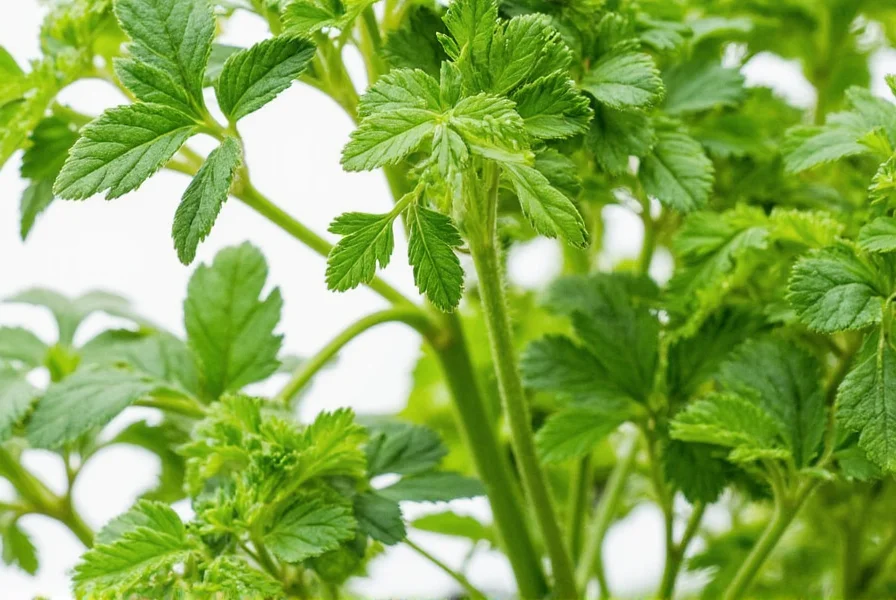
This pantry staple is ideal for soups, stews, and seasoning blends, adding depth without overpowering other ingredients.
Flavor Profile & Culinary Uses
Dry parsley offers a milder, more concentrated flavor than fresh, featuring:
- Earthy undertones
- Mildly bitter notes
- Peppery finish
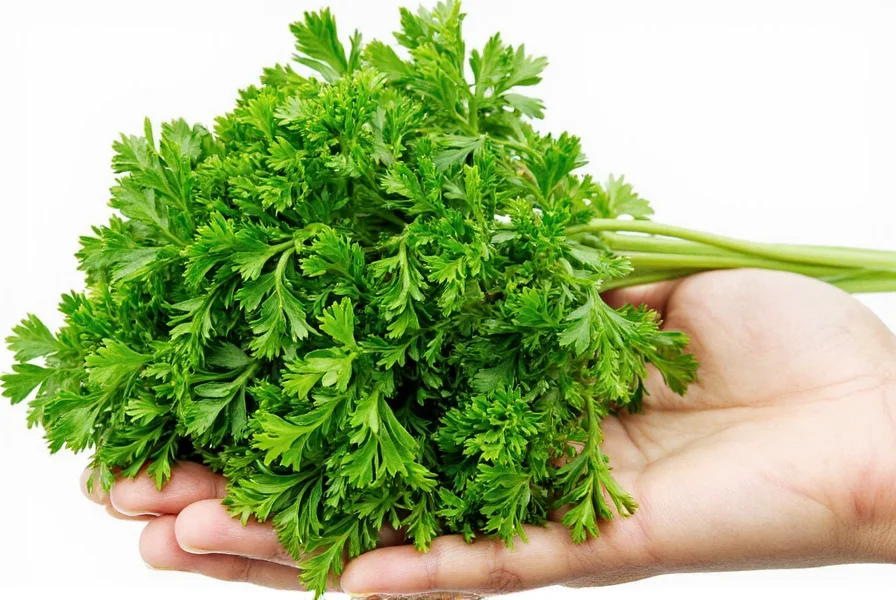
Use it early in cooking to allow flavors to meld, especially in tomato-based soups, lentil stews, or rice dishes. It won't add bright color like fresh parsley but provides consistent herbal complexity.
Fresh vs. Dry Parsley: Key Differences
| Feature | Fresh Parsley | Dry Parsley |
|---|---|---|
| Flavor Intensity | Bright, grassy, sharp | Subtle, earthy, mellow |
| Best Use | Garnishing, salads, salsas | Cooking, simmering, seasoning blends |
| Shelf Life | 5–7 days refrigerated | 6–12 months sealed |
| Color Contribution | Green, vivid | Dull green, less vibrant |
| Texture | Crunchy, moist | Dry, brittle |
Buying Guide: How to Choose the Best Dry Parsley
High-quality dry parsley should have vibrant color, strong aroma, and minimal dust. Look for these traits:
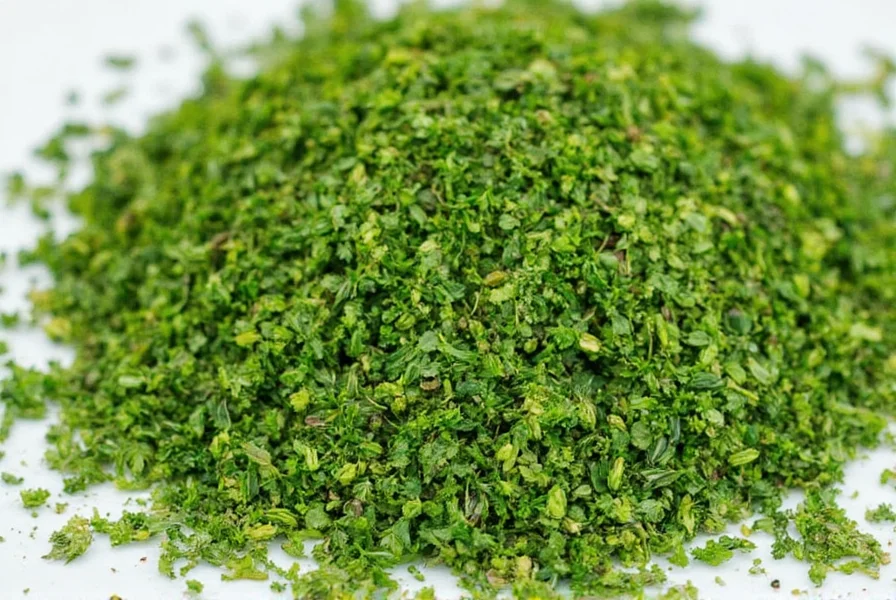
- Leaf Size: Whole or large pieces for better flavor retention—avoid excessive dust.
- Color: Bright greenish-brown; avoid faded or yellowish leaves.
- Aroma: Fresh, herbaceous scent—skip if musty or off.
- Packaging: Air-tight containers or resealable bags to preserve freshness.
Top Recommended Brands of Dry Parsley
| Brand | Features | Best For | Occasion |
|---|---|---|---|
| McCormick | Consistent quality, widely available | Everyday home cooking | Weeknight meals, soups |
| Spice Islands | High aroma, minimal crumbling | Gourmet cooking, spice blends | Homemade rubs, sauces |
| Simply Organic | Organic certified, eco-friendly packaging | Health-conscious users | Smoothie bowls, herbal tea |
| Badia | Cost-effective, strong flavor | Hispanic/Latin American cuisine | Rice dishes, stews |
| Starwest Botanicals | Loose leaf, bulk-friendly | Herbalists, DIY spice mixers | Custom blends, herbal remedies |
How to Store Dry Parsley for Maximum Freshness
Proper storage keeps dry parsley flavorful for up to a year:
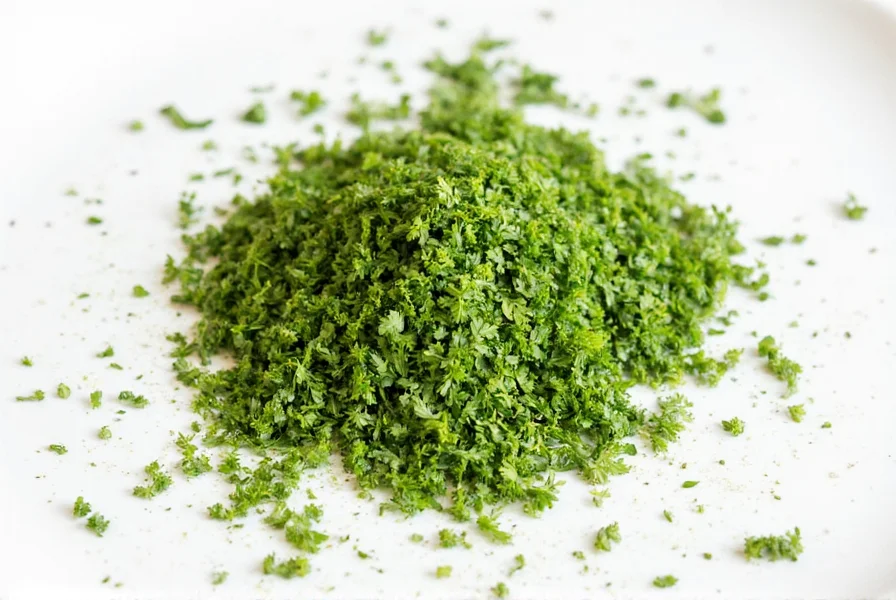
- Air-tight container: Use sealed glass jars or resealable bags.
- Cool, dark place: Keep away from heat and sunlight.
- Moisture control: Add silica packets in humid climates.
- Labeling: Note the opening date for freshness tracking.
7 Practical Tips for Using Dry Parsley Like a Pro
- Add Early in Cooking: Toss in during the initial stages of simmering to allow full flavor infusion.
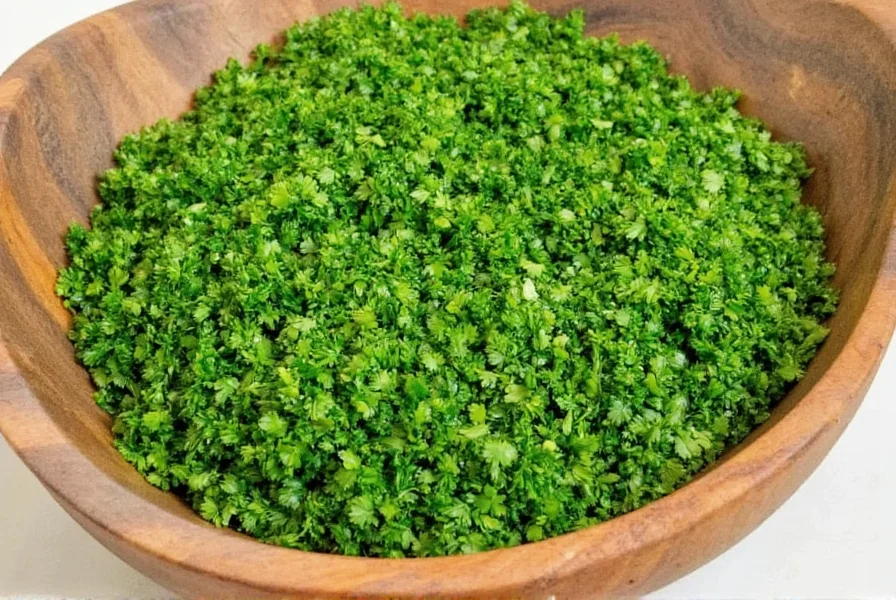
- Use Sparingly: Start with half the amount called for (e.g., 1 tsp dry = 1 tbsp fresh) and adjust to taste.
- Enhance Meat Rubs: Blend with paprika, garlic powder, and thyme for steak or chicken rubs.
- Boost Egg Dishes: Sprinkle into scrambled eggs, omelets, or deviled egg fillings for aromatic depth.
- Season Soups & Stews: Ideal for tomato-based soups, lentil stews, and bean dishes—add halfway through cooking.
- Revive Leftovers: Add a pinch to pasta or rice dishes to refresh stale flavors.
- Combine with Lemon: Pair with lemon zest or juice for bright, clean notes in sauces and dressings.
Dry Parsley in Action: Simple Recipes
These easy recipes showcase dry parsley's versatility:
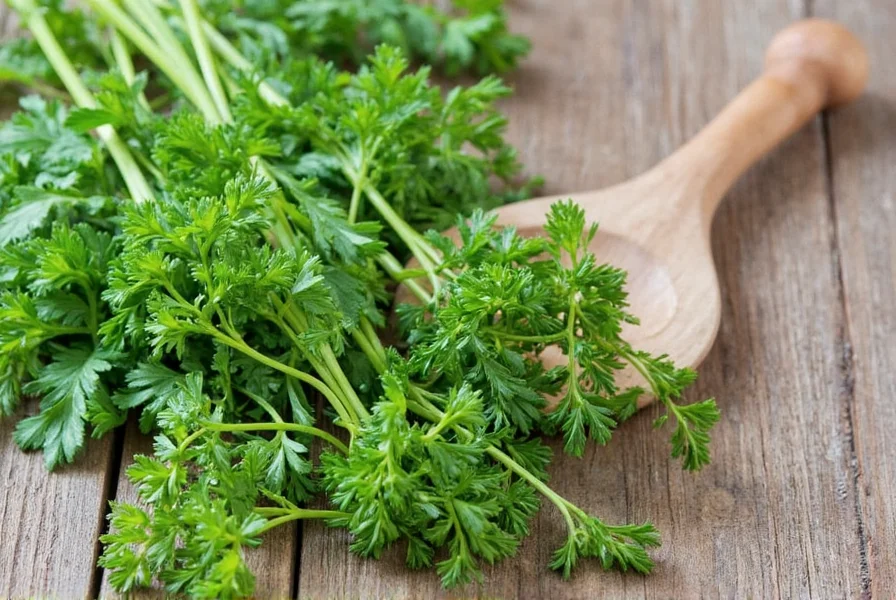
- Classic Chicken Noodle Soup: Add 1 tsp near the end of simmering for herbal warmth.
- Lentil & Vegetable Stew: Stir in with cumin and bay leaf halfway through cooking.
- Mediterranean Rice Pilaf: Mix into onions and garlic before adding liquid for aromatic base.
- Garlic Herb Breadcrumbs: Combine with melted butter, garlic, and breadcrumbs for crispy toppings.
Frequently Asked Questions
Common questions about dry parsley:
Can I substitute dry parsley for fresh in recipes?
Yes, but use one-third the amount of dry parsley compared to fresh (e.g., 1 tsp dry = 1 tbsp fresh). Dry parsley works best in cooked dishes, not as a garnish.
How can I tell if my dry parsley has gone bad?
Expired dry parsley turns brown, loses aroma, or smells musty. If it crumbles to powder, replace it.
Does dry parsley retain nutritional value?
While vitamin C decreases, dry parsley retains vitamin K, antioxidants, iron, and anti-inflammatory compounds like apiol and myristicin.
Why does my dry parsley taste bitter?
Bitterness comes from overuse or late addition. Add early in cooking to rehydrate properly. Balance with acid (lemon juice) or sweetness (pinch of sugar) if needed.
Can I revive stale dry parsley?
Slightly stale parsley can be refreshed by toasting 1/4 tsp in a dry pan for 30-60 seconds until fragrant. Use immediately in cooked dishes—this won't work for expired product.
Conclusion
Dry parsley is a kitchen essential that delivers consistent flavor to cooked dishes. Proper storage and early addition in recipes unlock its full potential, from soups to spice blends. Experiment with different cuisines and enjoy richer, more balanced meals every time.
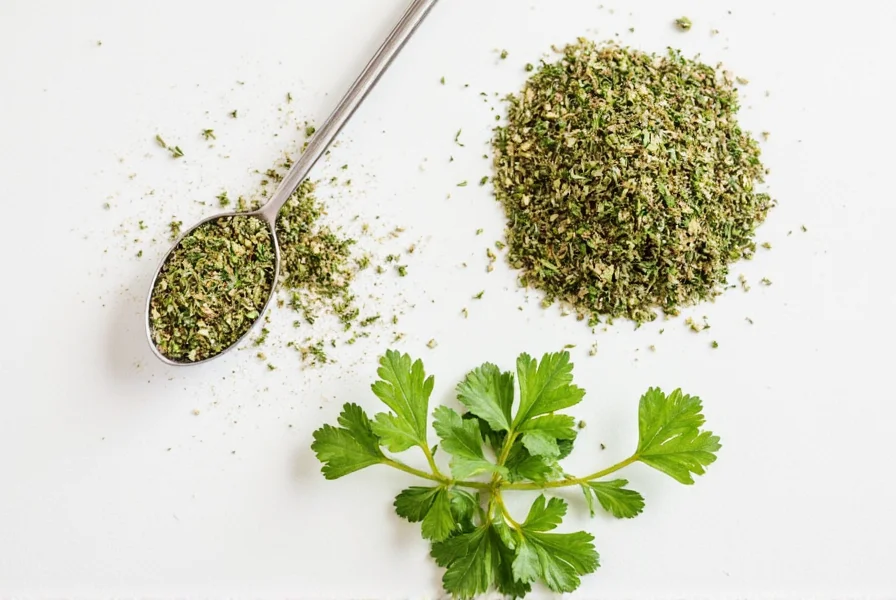

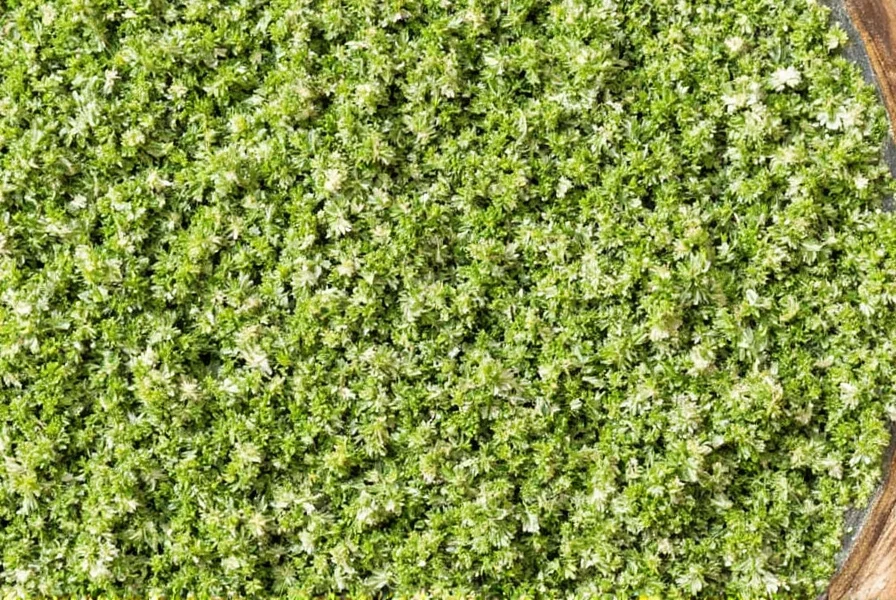









 浙公网安备
33010002000092号
浙公网安备
33010002000092号 浙B2-20120091-4
浙B2-20120091-4